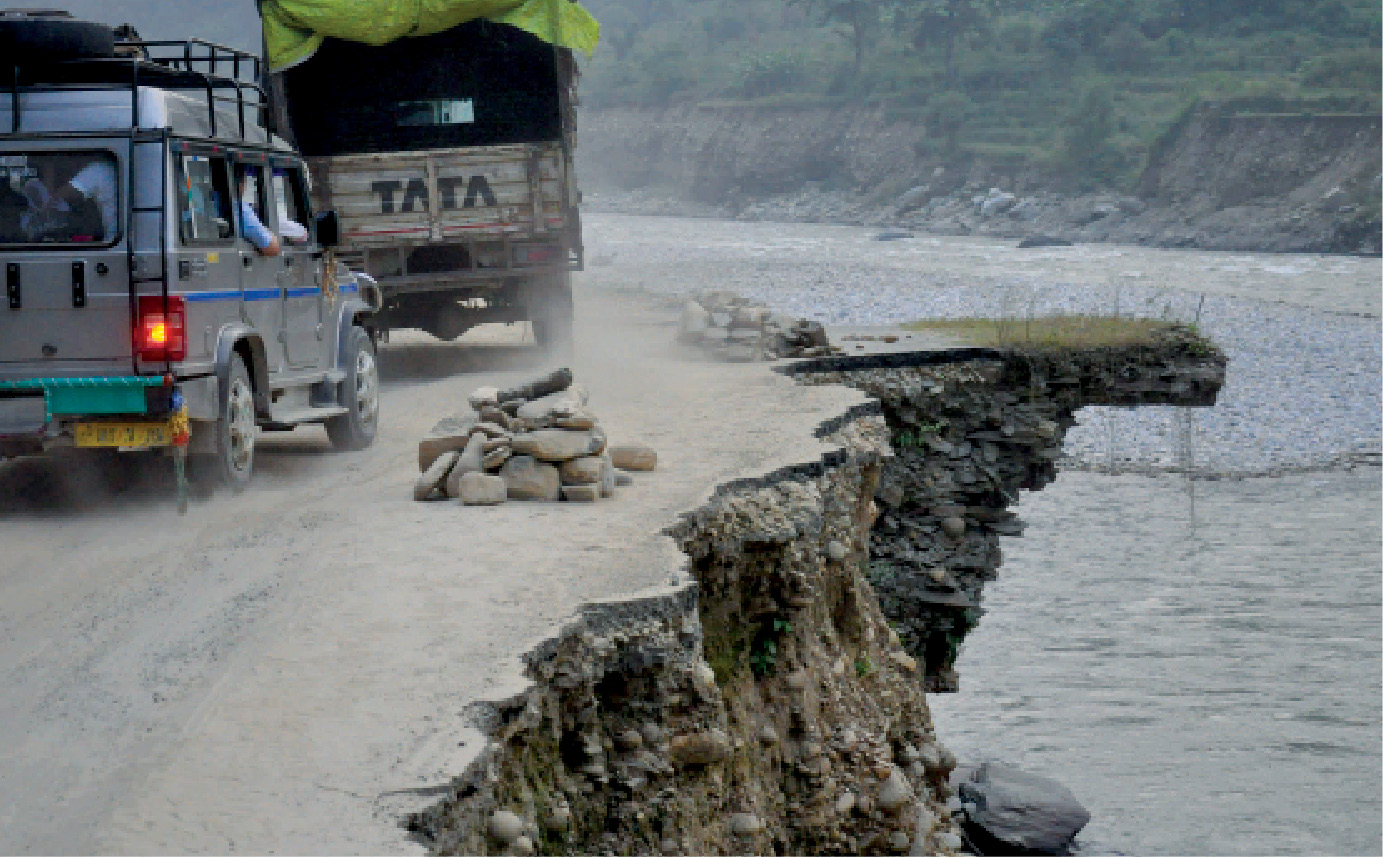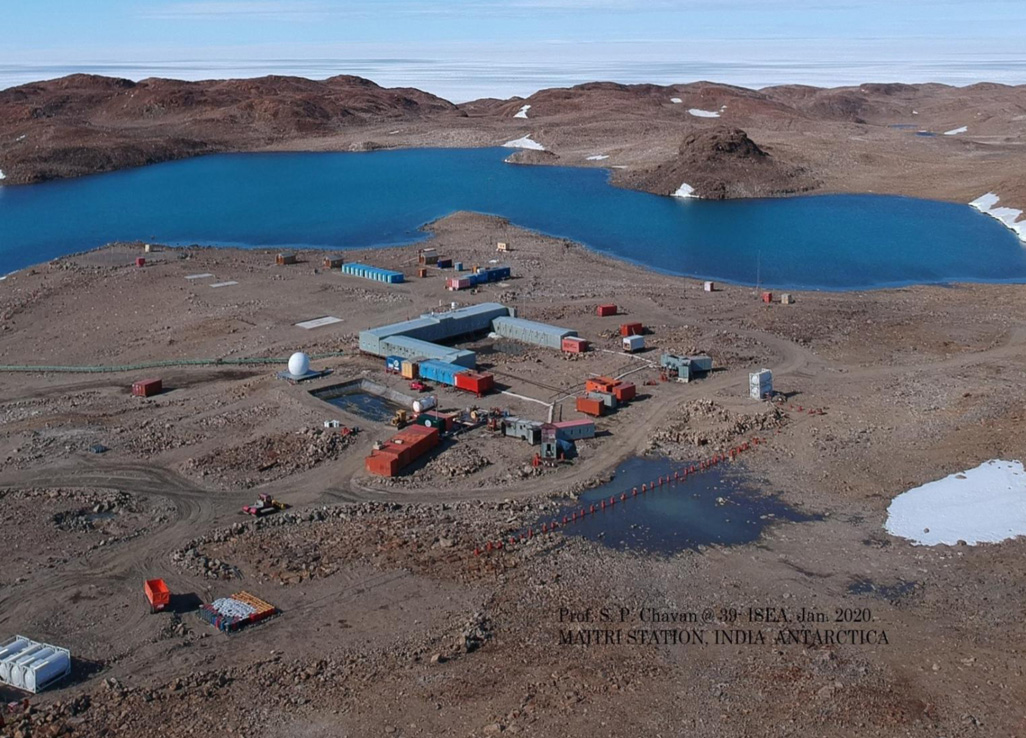Towards Risk Sensitive Development
Published: May 30, 2015
Published: May 30, 2015

Photo courtesy: Goonj
Future of disaster risk reduction will depend heavily on ensuring that all future development is risk-sensitive. The road network in Uttarakhand is a case in point that got washed away during the June 2013 flashfloods.
Keep reading with one of these options :
